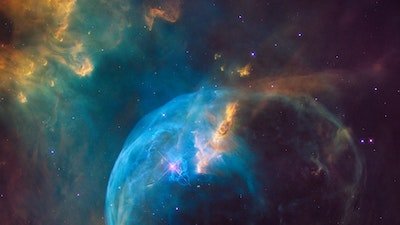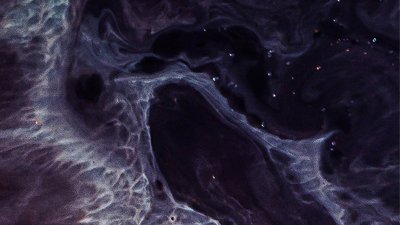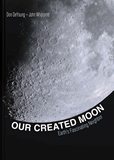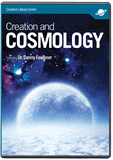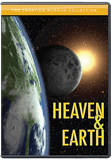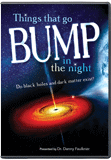
Secular Cosmology Tries to Cope with Visible Evidence
LiveScience: “Do We Live in a Giant Cosmic Bubble?” As secular cosmology tries to cope with the visible evidence, the explanatory model gets more and more “improbable” and “outlandish.”
Those are the adjectives used by LiveScience writer Clara Moskowitz in her report on a cosmology-changing study that will be published soon in Physical Review Letters. Why? Because the study’s hypothesis has the potential to overturn centuries of cosmological “common sense.”
The study’s hypothesis has the potential to overturn centuries of cosmological “common sense.”
First, a little background. At the heart of modern, non-biblical astrophysics and cosmology is the Copernican principle: the assumed idea that the earth is not in any special, privileged position in the universe; rather, our location is driven by chance. Thus, our observations are no more special than what we would see from any place in the universe, and we can conclude that what we see is an accurate sample of the universe as a whole.
As you might expect, this principle is firmly rooted in the idea that earth wasn’t created, which is why it “surely couldn’t” have a “favored” position of any kind. Yet there is significant evidence in favor of the alternative: the anthropic principle, which maintains that we are actually in an incredibly favored position in the universe.
While it may seem like a trivial difference at first, the Copernican principle profoundly influences modern unbiblical astrophysics—which are overwhelmingly big-bang-based (although there are also non-creationist detractors who support the alternative steady state model). And so, on questions from the existence of extraterrestrial life to the “age” of distant starlight and the universe, one’s principle preference makes a world of difference.
So here’s the latest twist: what if the earth is in an “abnormal bubble of space-time that is particularly void of matter” (Moskowitz’s words)—that is, not at all in a humdrum, typical neighborhood of the universe? That would, at the very least, challenge the validity of the Copernican principle, and could distort such observations and measurements as the speed of the universe’s expansion.
Dark energy is the most popular explanation for why the universe is expanding at an accelerating rate.
For instance, dark energy is the most popular explanation for why the universe is expanding at an accelerating rate. But if we are actually in a low-matter “bubble,” the rest of the universe may appear to be farther away than it really is, perhaps eliminating the need for dark energy as an explanatory force.
Moskowitz explains using supernovas as an example. Type Ia supernovas always have the same brightness, according to astronomical models. Because of this, supernova brightness can be used as an indicator of distance. But while a dimmer supernova is (therefore) usually interpreted as being farther away, it may actually indicate that the difference in matter is causing the light to “diverge more than we would expect once it got inside our void.”
The study published in Physical Review Letters devises a way to test the two ideas, dark matter vs. the low-matter bubble, by examining numerous supernovas from the same region of space. They hope data from NASA’s planned Joint Dark Energy Mission, which is slated to observe more than 2,000 supernovas, will help answer that question.
According to Oxford University’s Tim Clifton, one of the study’s authors, “This idea that we live in a void would really be a statement that we live in a special place. The regular cosmological model is based on the idea that where we live is a typical place in the universe. This would be a contradiction to the Copernican principle.”
It will no doubt be a newsworthy discovery either way—though, as we cautioned earlier, models on whether or not the earth is “privileged” (and, the implication goes, “designed”) are always rooted in faith, and secular scientists will presumably dismiss any implications of design even if the Copernican principle is shown to be overstepping its bounds. Be sure to tune in to News to Note in 2014–2015, when the Joint Dark Energy Mission is scheduled to launch, for more!
For more information:
Remember, if you see a news story that might merit some attention, let us know about it! (Note: if the story originates from the Associated Press, Fox News, MSNBC, the New York Times, or another major national media outlet, we will most likely have already heard about it.) And thanks to all of our readers who have submitted great news tips to us.
(Please note that links will take you directly to the source. Answers in Genesis is not responsible for content on the websites to which we refer. For more information, please see our Answers in Genesis Privacy Policy.)
Recommended Resources

Answers in Genesis is an apologetics ministry, dedicated to helping Christians defend their faith and proclaim the good news of Jesus Christ.
- Customer Service 800.778.3390
- © 2024 Answers in Genesis

